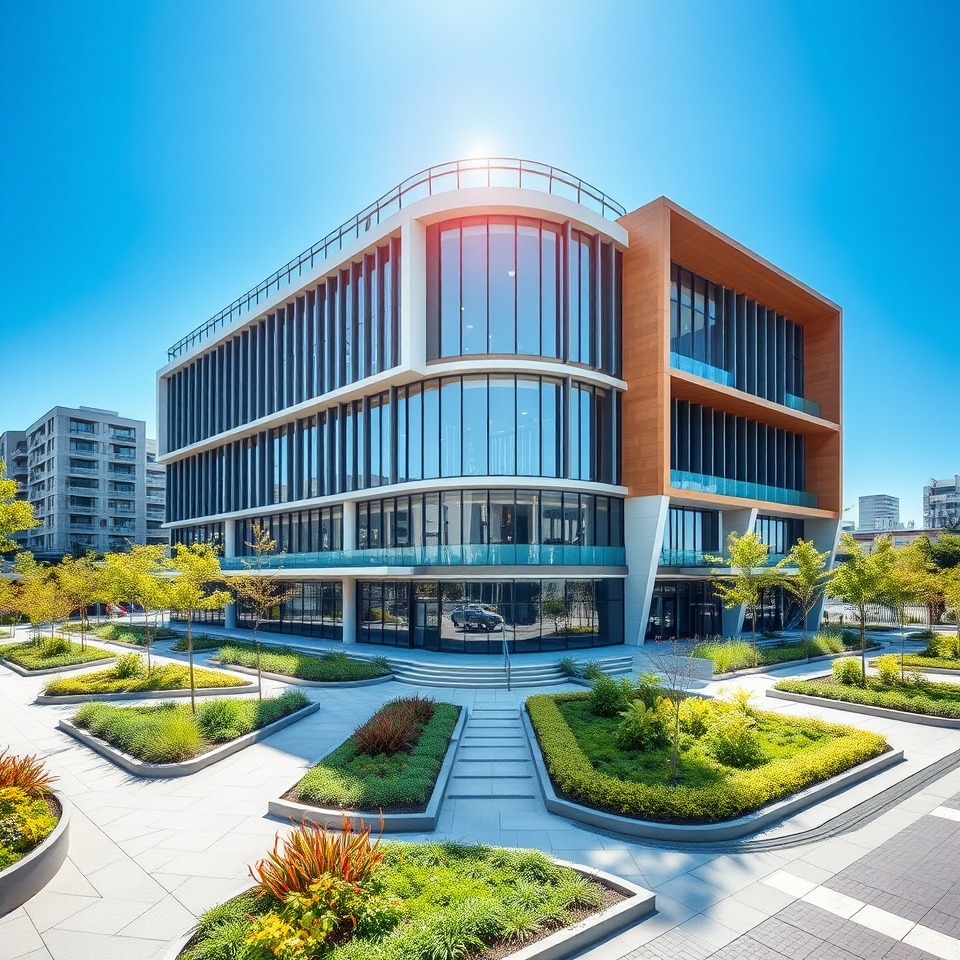Earthquake-Resistant Building Design
Earthquake-Resistant Building Design: The Intersection of Safety and Aesthetics in Architecture
Living in earthquake-prone regions imposes significant responsibilities on the field of architecture. Earthquake-resistant building design is not only about ensuring safety but also involves environmental, economic, and aesthetic considerations. So, is it possible to create a structure that is both resilient and visually appealing? Let’s explore this question through an innovative architectural perspective.
Foundations of Earthquake-Resistant Design
Earthquake-resistant design is a process that ensures structures can adapt to and remain secure under shifting ground conditions. The fundamental elements of this process include:
- Material Selection: Modern materials like steel, carbon fiber, and fiber-reinforced concrete can enhance a building’s flexibility and strength.
- Structural Form and Geometry: Symmetrical and compact designs distribute earthquake forces more evenly, increasing durability. In contrast, irregular forms can create weak points in the structure.
- Soil Analysis: A solid foundation is essential for earthquake-resistant design. Therefore, geological studies of the construction site must be conducted carefully.
- Management of Seismic Energy: Innovative technologies like damping systems and base isolators can manage seismic energy without causing damage to the structure.
Architecture and Aesthetics: Balance of Strength and Beauty
Harmonizing resilience with aesthetics is a cornerstone of architectural projects. Viewing an earthquake-resistant building solely as an engineering achievement falls short; it must also offer a livable and visually pleasing environment for its occupants.
- Drawing Inspiration from Nature: Flexible structures in nature, such as bamboo, can serve as inspiration for design. Bamboo’s elasticity and durability make it an exemplary model.
- Modern Architectural Techniques: Parametric design and computer-aided modeling facilitate the creation of resilient structures with complex geometries.
- Sustainability: Using renewable energy sources and recyclable materials ensures that resilient structures are also environmentally friendly.
Innovative Application Examples
“
Remarkable projects worldwide showcase earthquake-resistant design.
”
- Tokyo Sky Tree (Japan): This massive structure incorporates a damping system inspired by traditional Japanese architecture. Its central column system helps maintain stability during earthquakes.
- The Big Bend (USA): This flexible architectural concept is supported by steel frames and movable bases, offering both aesthetic appeal and durability.
Conclusion
Earthquake-resistant building design goes beyond being a necessity; it presents architects with a creative challenge. Structures that integrate safety, aesthetics, and sustainability not only shape the future of architecture but also improve our living environments. By utilizing the right materials and techniques, earthquake-resistant buildings can be both secure and inspiring.
 Skip to the content
Skip to the content 



